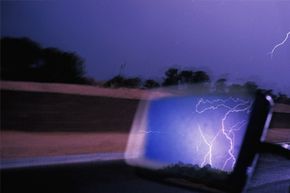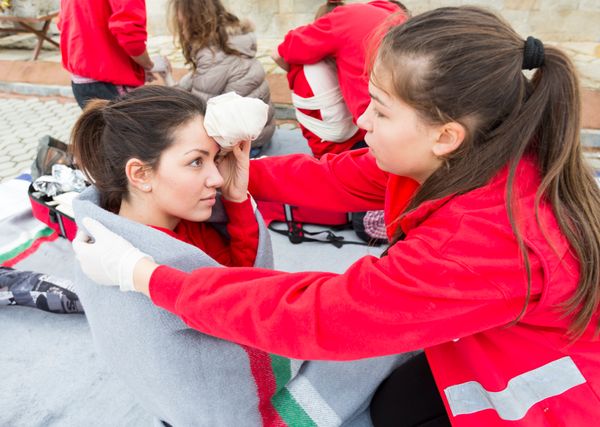There are some weather incidents where you don't want to find yourself sitting in traffic. Hurricanes and tornadoes come to mind, of course – any storm that can to blow your car away is going to result in a scary, unsafe situation for a commuter. But can lightning strike a car? And if so, will its occupants live to tell the tale?
For years, we've heard that there's no place more secure than your car when lightning strikes. The theory goes like this: Being in a car is your best bet to protect you from a lightning bolt, because rubber is an insulator, not a conductor, of electricity. Therefore, the rubber tires of a car will ensure you're safe and sound in your well-insulated vehicle. Incidentally, that's why you should also wear rubber-soled shoes in a lightning storm. No harm happens to a person wearing rubber shoes. That's what Grandma always said, anyway.
Advertisement
Well, Grandma needs to get her facts straight. Lightning can strike a car, and rubber tires (or shoe soles) aren't going to prevent it. In this article, we'll explain what happens when a car is struck by an electrical charge and how the people inside can stay safe.


